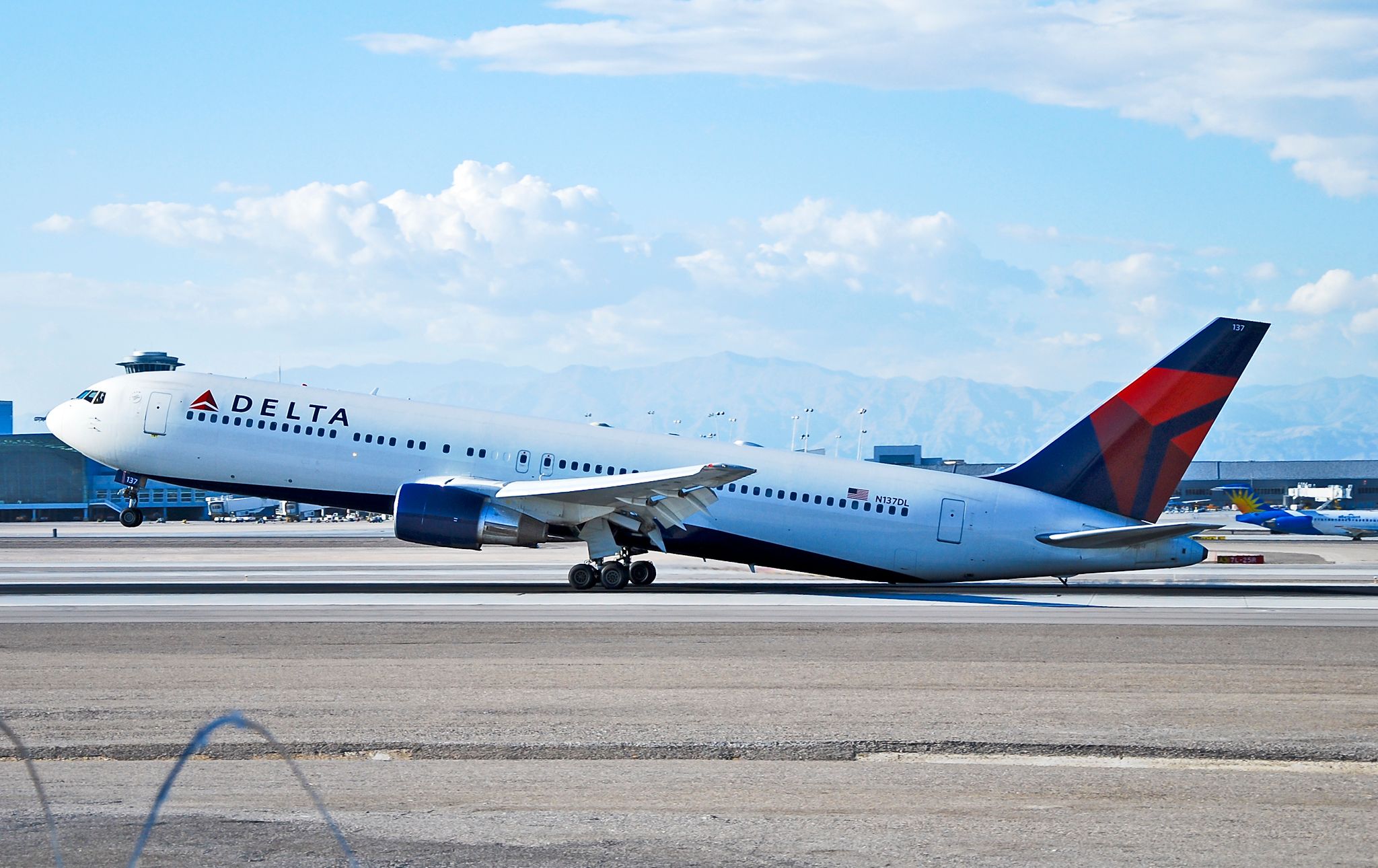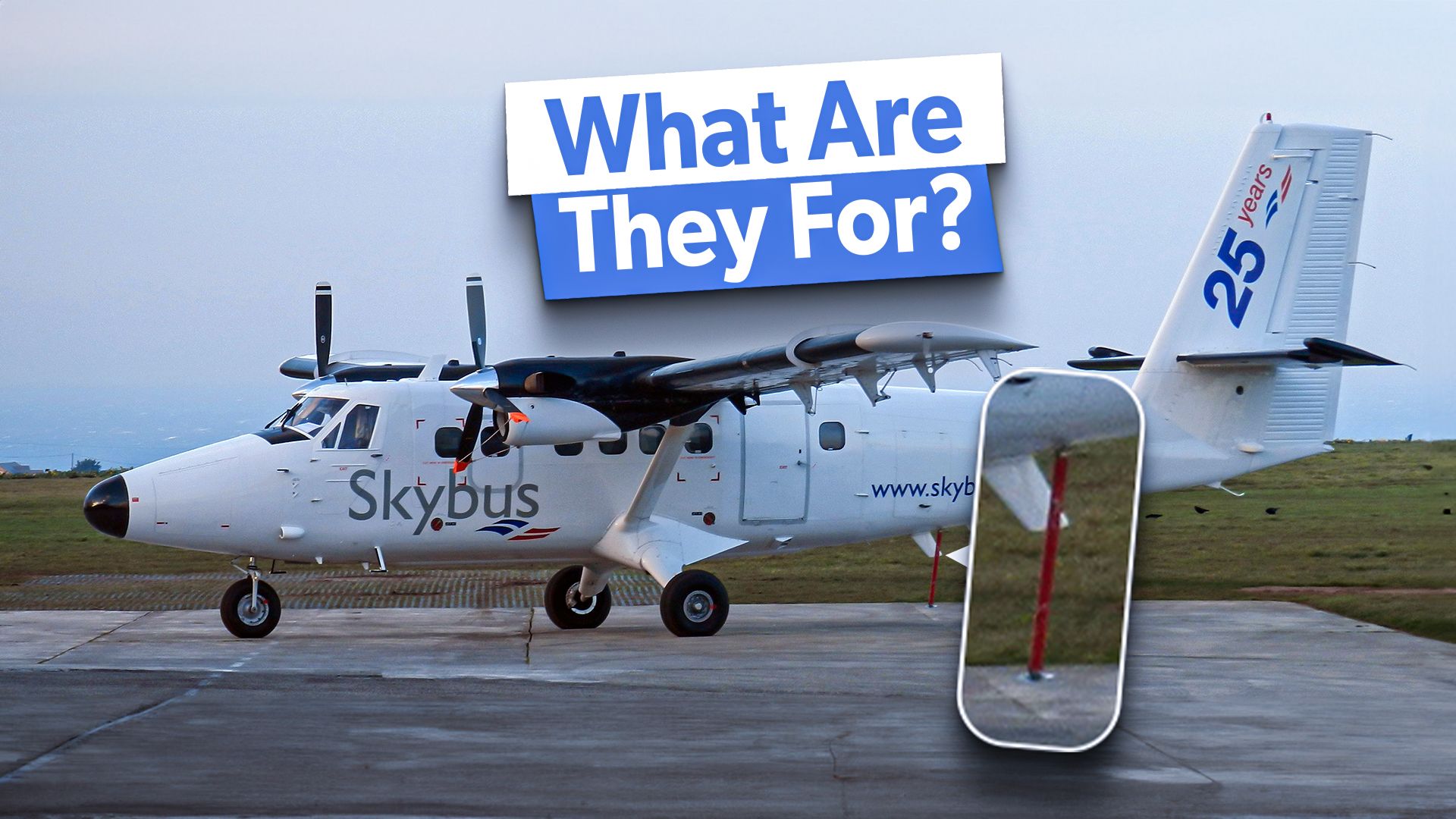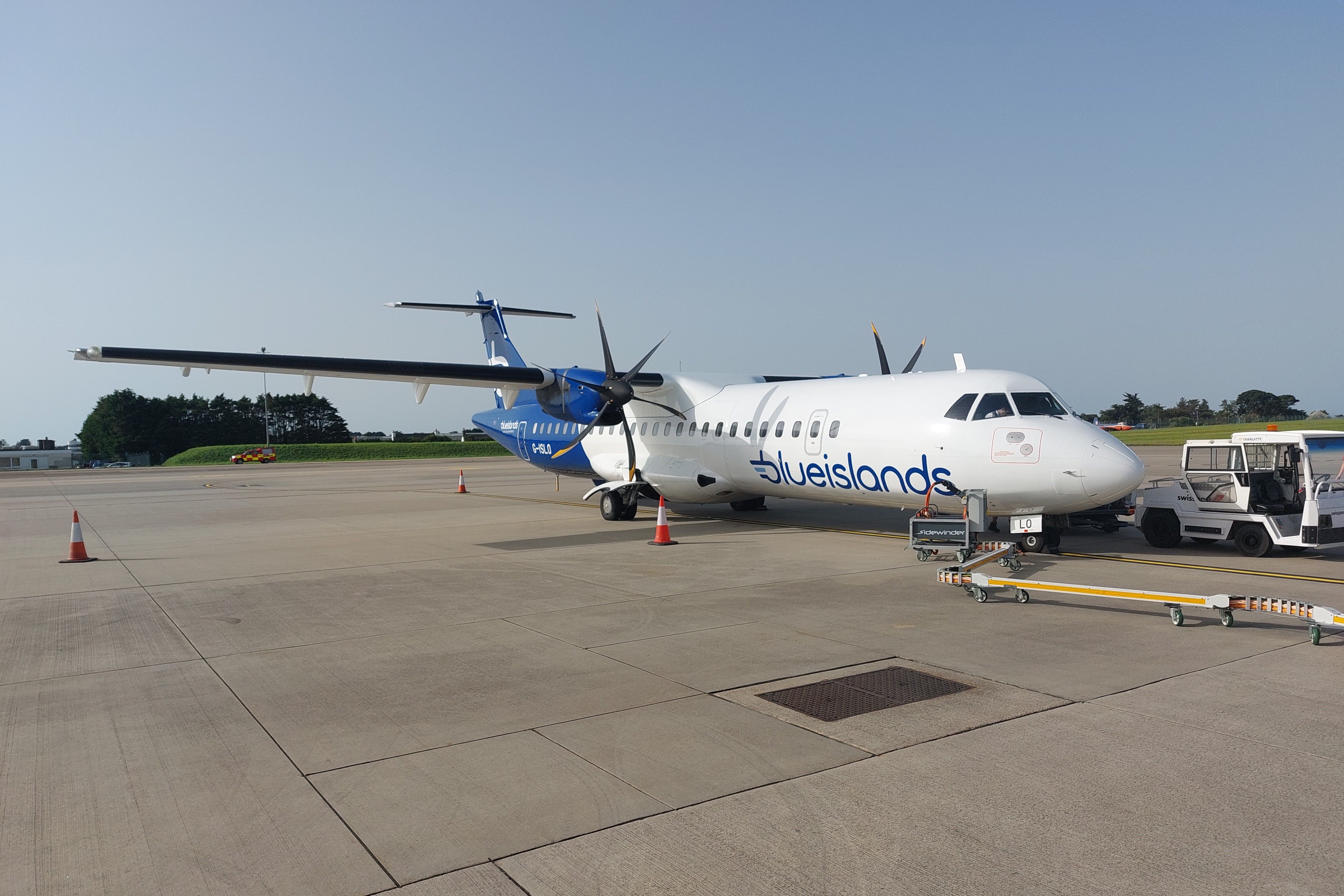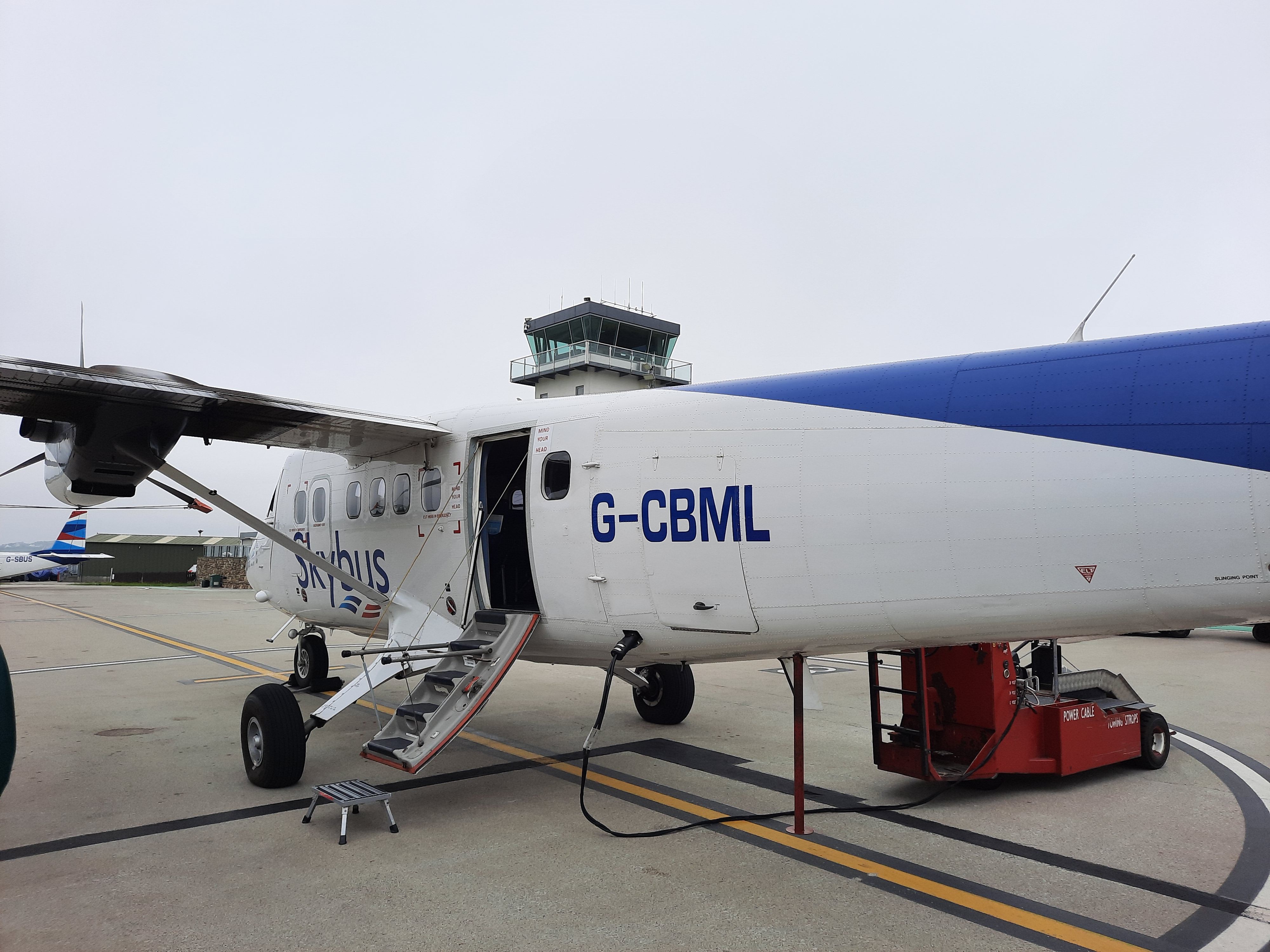Summary
- Tail stands prevent tail sitting by stabilizing the tail of an aircraft during loading and unloading.
- They are used for aircraft at risk of tail sitting, such as freighters and stretched planes like the 737-800 and 737-900.
- Tail stands are lightweight but strong, supporting aircraft during loading while preventing costly damage and delays.
Have you ever noticed a pole protruding from the tail of a certain aircraft and reaching down to the ground? Known as a tail stand, it is used to support the rear of the aircraft and prevent it from tipping downwards during loading and unloading.
While commercial aircraft are precisely loaded and unloaded to ensure no impact to the airframe is incurred, a tail stand may be used to provide an additional level of stability on the ground. The tail stand, as the name suggests, supports the aircraft’s tail and prevents instability. This article explores the use of tail stands and understands why some aircraft need them.
How a tail stand works
- Available at airports or carried onboard
- Adjustable height
- Powder coated finish
- Safe loading/unloading
- Quick installation/removal

Related
Which Aircraft Have Tail Cameras?
In addition to being a fun feature for passengers, these cameras are pilot aids too.
Tail stands are a fairly straightforward concept. Fixed beneath the tail, they work as support stanchions to stabilize an aircraft’s tail and prevent it from tipping. Some are simple poles, while others use a tripod design. They are used while an aircraft is being loaded or unloaded when the plane is most at risk of tipping.
Whether this entails cargo or passengers, the shifting weight distribution on an aircraft can have costly consequences if the tail impacts the ground. Aircraft operators are fully aware of this and follow the appropriate loading and unloading procedures. A tail stand can work as a failsafe that adds an extra layer of security.
Airlines and airport handlers are responsible for determining whether a tail stand is needed. Airlines will call for one if required and often carry their stand on their planes. Errors in judgment can result in situations like the video below.
Preventing tail sitting
‘Tail sitting’ is when a plane’s tail tips downwards due to a weight shift, leaving it sitting on the ground. While this might not sound like a big deal, it can cause airlines expensive delays. Additionally, there is the possibility of damage to the tail and even human injury. In a safety-driven industry, these are things to be avoided.
Photo: Jake Hardiman | Simple Flying
As Simple Flying reported at the time, a United Boeing 737 tipped onto its tail after landing at Lewiston Airport last year. The aircraft, carrying the USC Trojans college football team, tipped back after ground crew failed to attach a tail stand. According to reports, half the team was still on the aircraft when it tipped.
The incident occurred even after United Airlines introduced its own tail stands for its 737-900 back in 2016 after a series of tail-sitting incidents. The carrier stated:
“Due to a shift in weight and balance during the offloading process, the tail of the aircraft tipped backward.”

Related
How Do Pilots Avoid Tail Strikes?
Tail strikes can cause severe and expensive damage to aircraft, but they are preventable.
Certain aircraft are more prone
Tailstrikes during takeoff are often a result of
- An incorrectly trimmed stabilizer.
- Back pressure on the control column or sidestick before Vr.
- Excessive initial pitch attitude.
- Rotation at improper speed.
- Excessive rate of climb.
Given the differences in the structural design of the various aircraft types worldwide, some planes are more at risk of tail sitting than others. For example, stretched planes like the Boeing 737-800 and -900 are known to be at increased risk of this phenomenon, forcing airlines to adopt more careful loading and unloading procedures.
According to Pilot John International, a tail stand manufacturer for aircraft,
“Aircraft tail stands help stabilize the aircraft during maintenance, repairs, or any other situation in which it’s necessary to use aircraft jacks. Having the right airplane tail stand is crucial to safeguarding both the aircraft and its crew.”
Photo: Jake Hardiman | Simple Flying
Freighter aircraft are also prone to tail sitting and will use tail stands more frequently than most passenger planes. Operators and ground handlers must meticulously detail their loading and unloading calculations to avoid tail sitting. Certain tail stands are brightly colored to increase visibility.
As the photograph above shows, small turboprops like the Twin Otter have small tail stands that can stow away within the aircraft’s tail itself. However, widebody passenger, cargo, and military transport jets differ. Their tails are supported by vast ladder-like structures, which typically feature a tripod base.
One final notable aspect about tail stands is how little they weigh in comparison to the aircraft they support. According to Hall Industries, the stand that supports Boeing 737NG series aircraft can be as light as 50 lbs (22.7 kg). This represents great strength compared to a loading rating of 9,000 lbs (4,082 kg).
Did you know about the use of tail stands? Have you ever experienced a tail-sitting incident? Let us know your thoughts and experiences in the comments.




